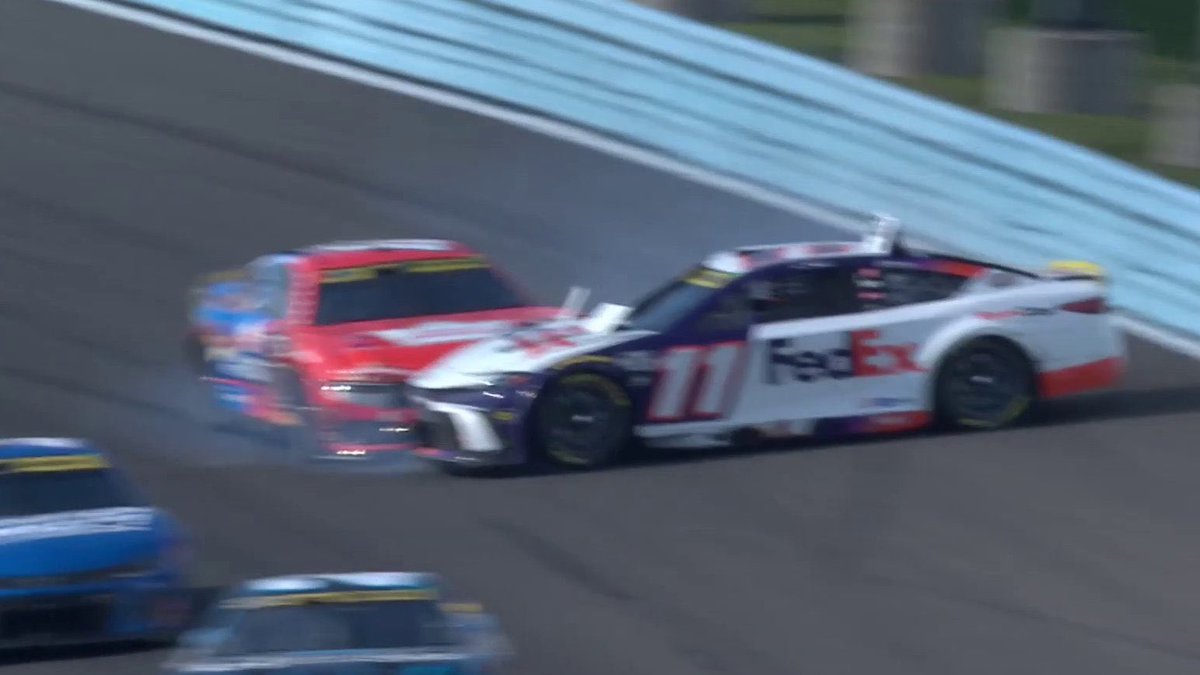
In the wake of the Watkins Glen disaster, Chase Elliott has publicly criticized Brad Keselowski and Kyle Larson, adding a new layer of drama to the NASCAR Cup Series. The incident at Watkins Glen, a track known for its challenging road course, resulted in a significant crash that altered the course of the race and affected several drivers, including Elliott.
Chase Elliott’s criticism centers on the actions of Keselowski and Larson during the incident. Elliott, who was visibly frustrated by the outcome, accused Keselowski of aggressive driving and poor decision-making, which he believes contributed to the chaos. Keselowski, known for his assertive racing style, has often been a polarizing figure, and Elliott’s comments reflect a broader tension between drivers with differing racing philosophies.
Regarding Kyle Larson, Elliott’s critique was focused on what he perceived as reckless driving that exacerbated the situation. Larson, a talented driver renowned for his versatility and aggressive racing approach, was involved in the crash that significantly impacted Elliott’s race. Elliott’s frustration highlights the complex dynamics of racing at high speeds on a challenging track like Watkins Glen, where split-second decisions can lead to dramatic consequences.
Elliott’s comments have sparked a flurry of responses from fans and fellow drivers, highlighting the contentious nature of competitive racing. The criticism underscores the intense rivalries and high stakes in NASCAR, where every race can lead to controversy and debate.
In response to the criticism, both Keselowski and Larson have defended their actions, emphasizing the inherent risks and split-second decisions involved in racing. The situation at Watkins Glen has further fueled discussions about racing etiquette, safety, and the balance between aggressive and defensive driving.
Overall, Elliott’s criticism of Keselowski and Larson adds to the ongoing narrative of NASCAR’s competitive and often contentious environment, as drivers navigate the pressures and challenges of high-stakes racing.

